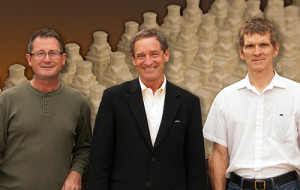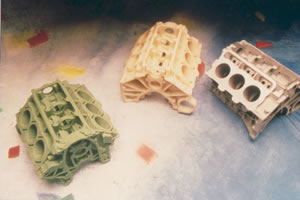Some years ago, in the labs at the University of Texas, Austin, there was a young man named Carl Deckard. Carl, who had spent time in a metal working shop that relied on the new technology of computer aided design, had a dream… a dream of zapping lasers at dust to make 3D objects. As a student at UT, he realized that, through the university itself, the dream could be made a reality. And all he would need was the guidance of an associate professor bold enough to take Carl under his wing. That associate professor was Dr. Joseph Beaman and, thanks to his work with Carl Deckard, selective laser sintering (SLS) was born.

At the blog of the Academy of Medicine, Engineering & Science of Texas (TAMEST), there’s a post that goes into the very real details of how Beaman and Deckard came up with the technology, complete with an interview with Dr. Beaman. The post explains Deckard’s original intent to develop investment casting technologies, to 3D print moulds for the production of metal parts. In addition, the interview brings to light the doctor’s thoughts on the roots of the technology, as well as what he sees as the future of additive manufacturing.
So as not to spoil the entire post for you I will just excerpt one of the most informative parts of the interview here:

The Holy Grail is high strength, high accuracy, which is true manufacturing. I see true additive manufacturing as a strong direction now especially as an educated workforce gets developed that understands the design freedom allowed by additive manufacturing. This educated workforce will happen because of the 3D printing market.
If you’re interested in learning even more specifics about the creation of SLS I suggest reading this history on the UT Austin blog, as well!
Source: TAMEST Blog


